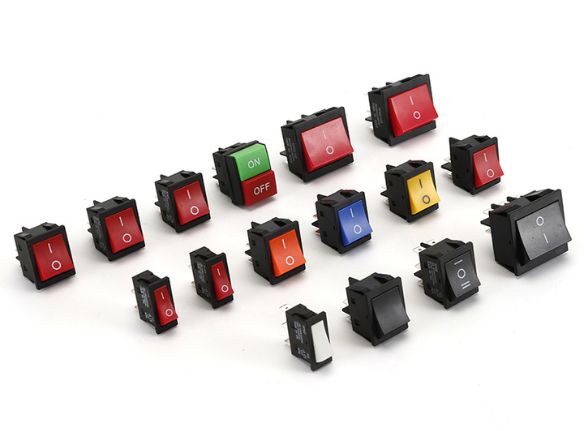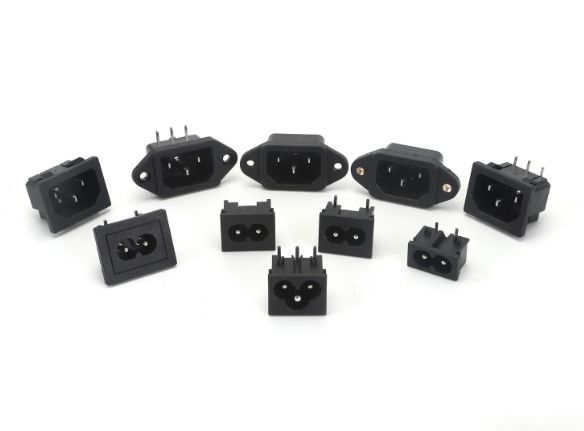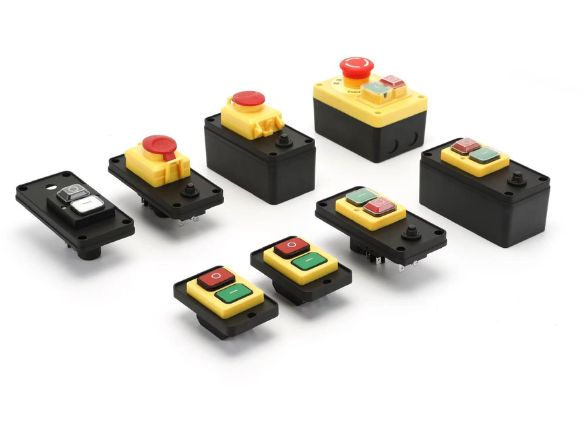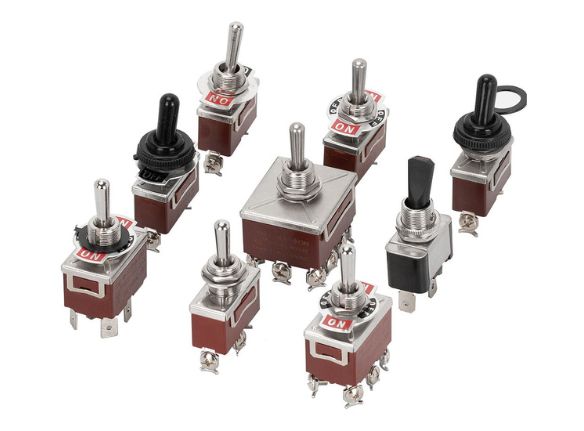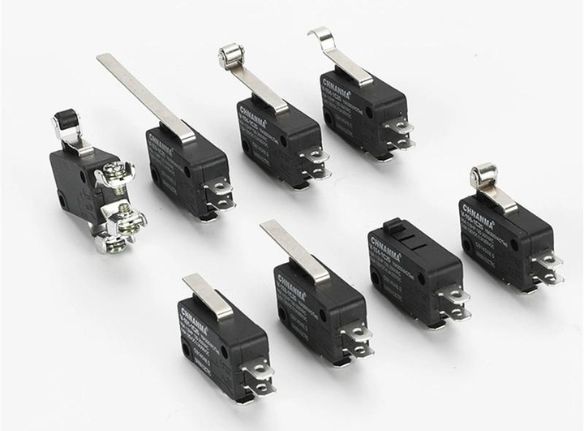Importance of Understanding Switch States
Grasping the difference between normally open and normally closed switches is crucial, as they dictate an electrical system’s behavior. Whether you’re an engineer, hobbyist, or just beginning in electronics, mastering these concepts is essential.
With electricity powering our world, the electric switch market is projected to hit $23.8 billion by 2032. We’ll guide you through the nuances of switch states, from basic principles to diverse applications.
Basic Principles of Switch Operation
Switches are essential in electronic circuits, controlling the flow of electric current by either completing or interrupting an electrical path.
Switches typically function in two states: normally open or normally closed. When open, the switch stops current flow, creating a circuit break. When closed, it allows current to pass, completing the circuit, which is the foundation for various switch designs.
Mechanical switches operate by physically toggling contacts to alter circuit connectivity. This action enables or blocks current flow. Though reliable, mechanical wear over time is a consideration due to physical contact.
Modern switches, like transistors or solid-state relays, utilize semiconductor technology. By controlling small voltages, they manage larger current flows, ensuring precise operation in advanced electronic systems.
What is a Normally Open Switch?
A Normally Open switch is a type of electrical switch that remains in an open state when at rest, meaning the circuit is not completed and no current flows through it. When the switch is activated, it closes the circuit, allowing current to pass. NO switches are commonly used in applications where a circuit needs to be activated by pressing a button or flipping a lever. For example, doorbells, momentary push-buttons, and some types of relays use NO switches. They are essential for controlling the flow of electricity in various electronic and electrical systems.
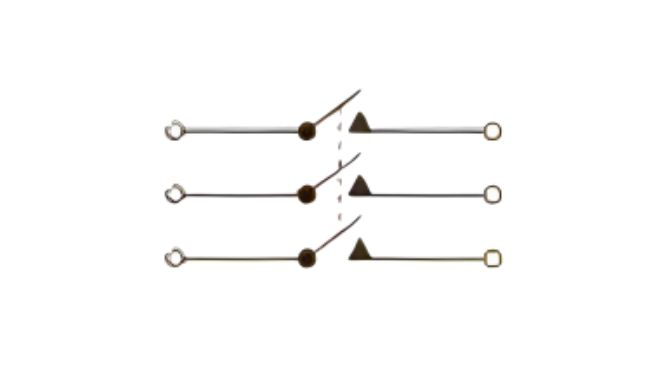
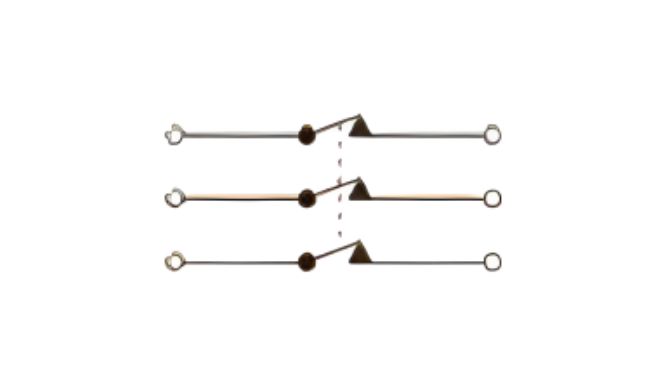
What is a Normally Closed Switch?
A Normally Closed switch is a type of electrical switch that allows current to flow through it in its default state, meaning the circuit is closed when the switch is not actuated. When pressure or another form of actuation is applied, the switch opens, breaking the circuit and stopping the current flow. NC switches are commonly used in safety and emergency stop applications, where it is crucial that the circuit remains active until a specific action is taken to open it. They ensure that devices are automatically powered off when a fault or emergency occurs, enhancing safety and reliability.
Understanding Electronics Through Water Analogies
Many people equate electronics and water, as the flow of water is much easier for beginners to understand than the complex interactions of electrons in a circuit. The concept of “open” and “closed” in switches parallels how water valves work, where opening allows flow, and closing stops it.
While this analogy generally holds, be cautious when applying it to electrical systems. The terms “open” and “closed” can be misleading when transitioning from the world of plumbing to electronics.


Variations of Normally Open Switches
- Push-Button Switches: These are designed to make or break a connection when pressed, commonly used in start buttons and control panels.
- Toggle Switches: Featuring a flippable lever, these switches open or close circuits by being flipped up or down, often found in household electronics.
- Rocker Switches: With a flat, rocking mechanism, these switches are used in appliances, providing easy operation by tilting back and forth.
- Slide Switches: A compact switch with a small lever that slides horizontally to control circuits, frequently used in electronic devices.
- Tactile Switches: Known for their clicky feedback, these are used in keyboards, remote controls, and other devices requiring precise input.
- Rotary Switches: These switches have a rotating dial to select different circuit paths, ideal for settings with multiple options.
Variations of Normally Closed Switches
- Push-Button Switches: These switches remain closed in their default state and open when the button is pressed, commonly used in control circuits.
- Thermal Switches: These switches open when a set temperature is exceeded, making them ideal for safety systems and thermal protection.
- Reed Switches: Controlled by a magnetic field, these switches stay closed until exposed to a specific magnetic force, often used in proximity sensors.
- Pressure Switches: These switches default to a closed state and open when a specific pressure threshold is met, widely used in industrial applications.
- Float Switches: Typically found in liquid level sensing, these switches are closed by default and open when the liquid level rises to a certain point.
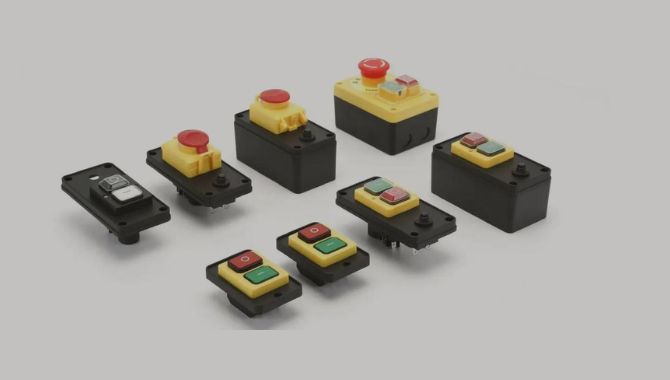
Normally Open vs Normally Closed Switches – Key Considerations
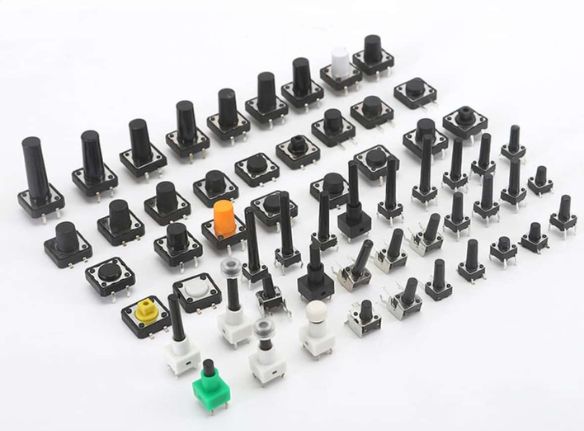
Wiring Considerations
When installing a Normally Open (NO) switch, it’s essential to follow these wiring steps:
- Ensure the power supply is off before starting the installation.
- Disconnect the wires from the existing switch.
- Attach the wires to the NO switch and secure them to the correct terminals.
- Test the switch to confirm proper functionality.
Always adhere to the manufacturer’s instructions and comply with local electrical codes during installation.
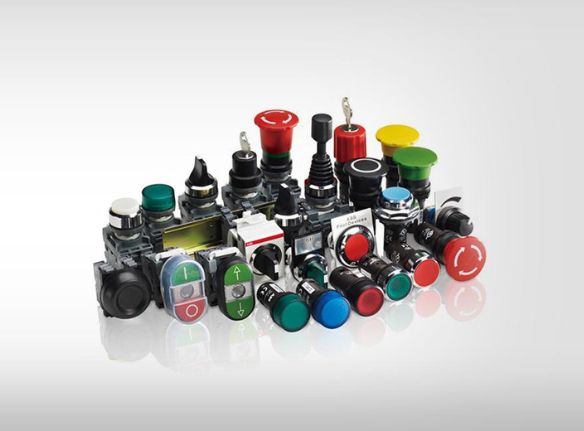
Safety Precautions
Follow these general safety guidelines when installing Normally Closed (NC) switches:
- Always turn off the power supply before inspecting or working on the switch to avoid electric shocks.
- Avoid wiring when the switch is powered.
- Select appropriate switch ratings based on the load to prevent contact welding or shifts, which could cause burns or short circuits.
- Keep switches away from combustible or explosive gases.
- Avoid dropping or disassembling switches to prevent damage, electric shock, or burning.




